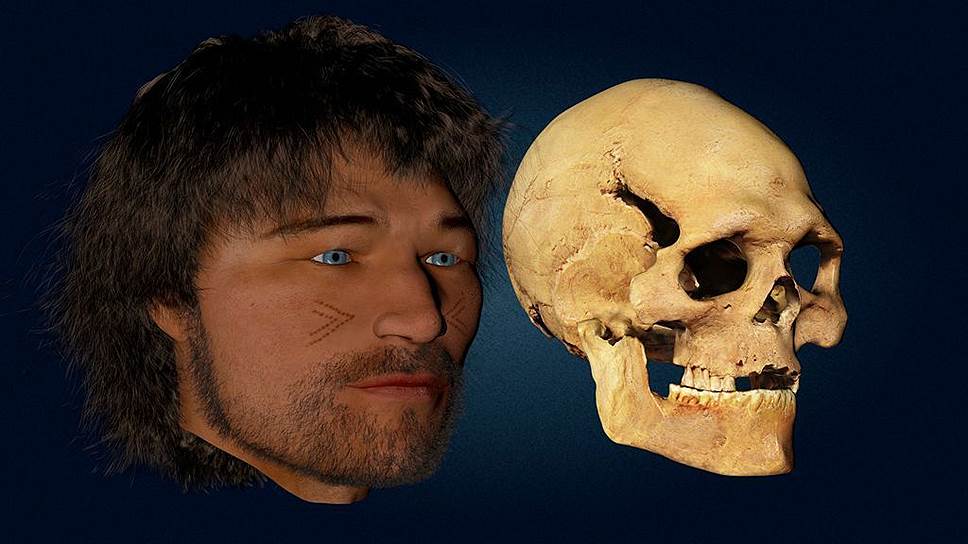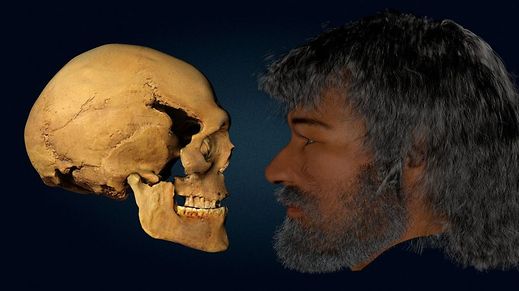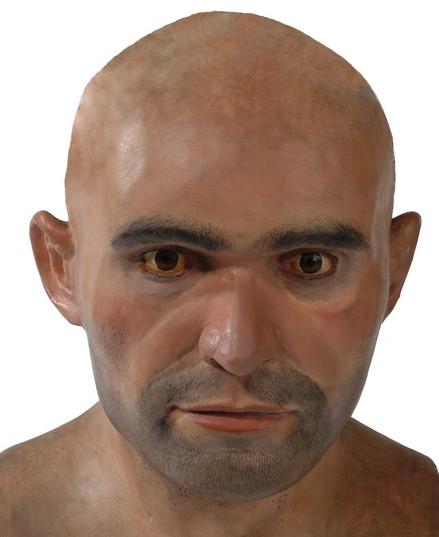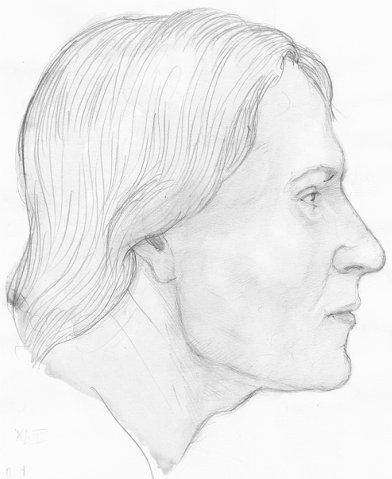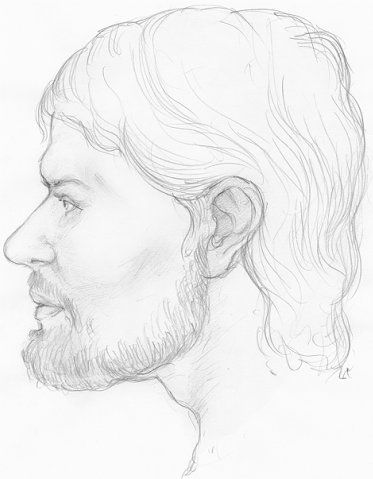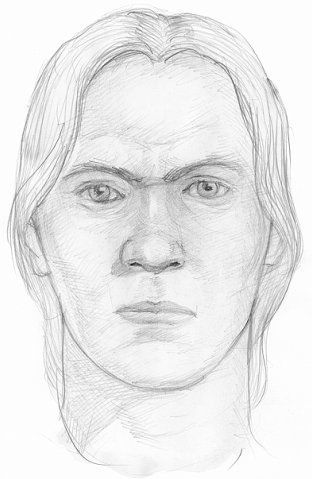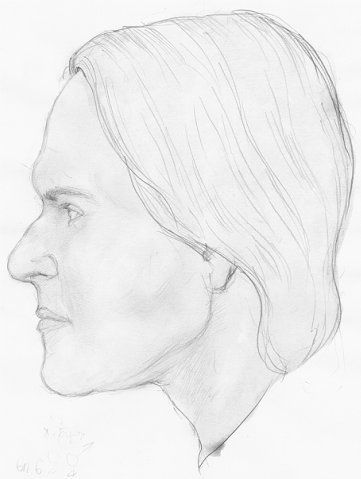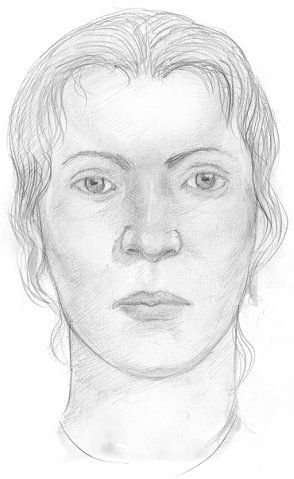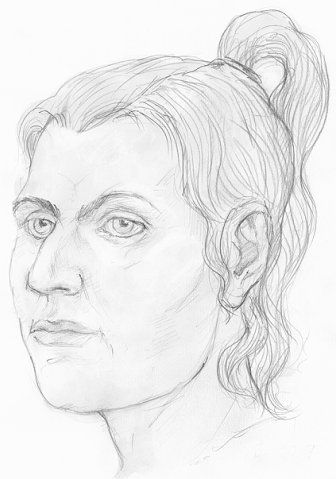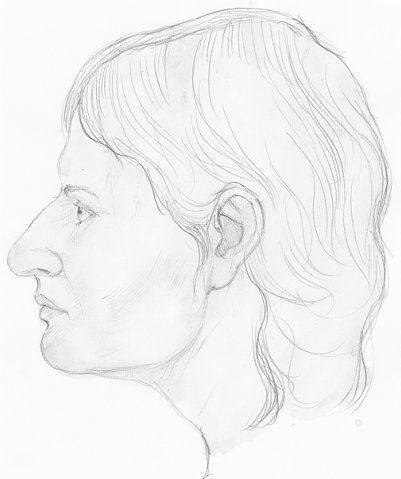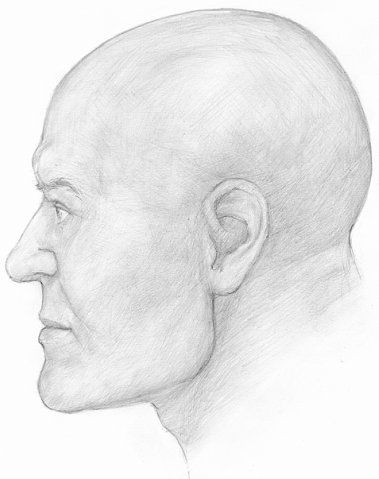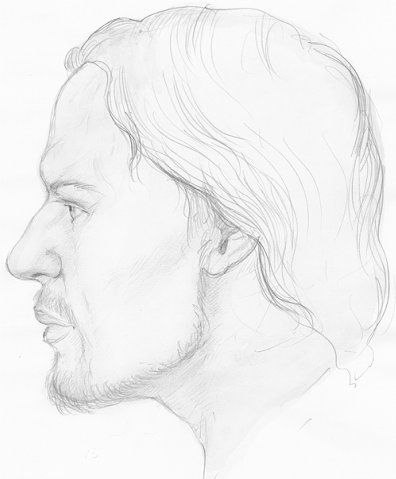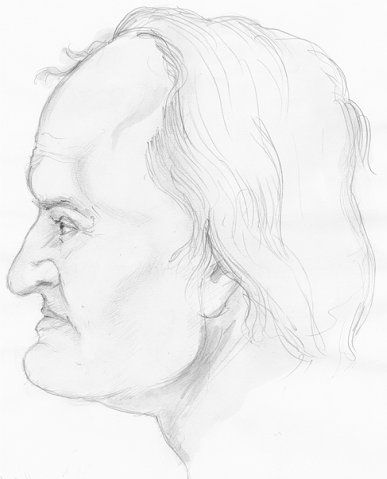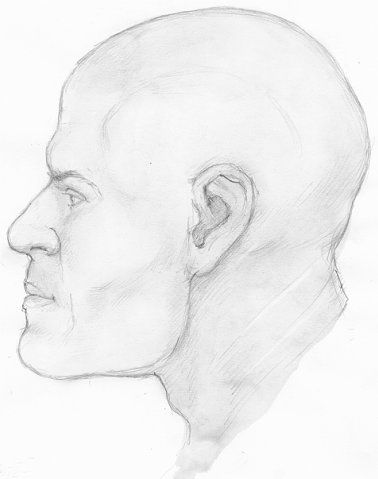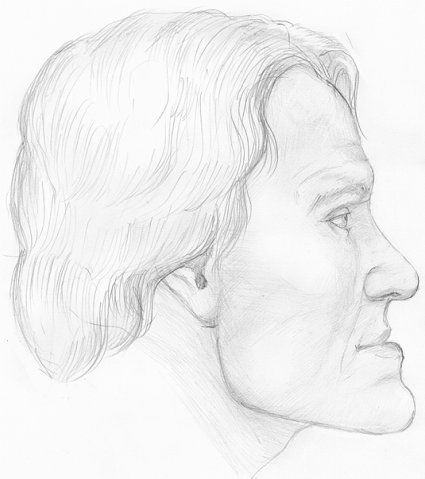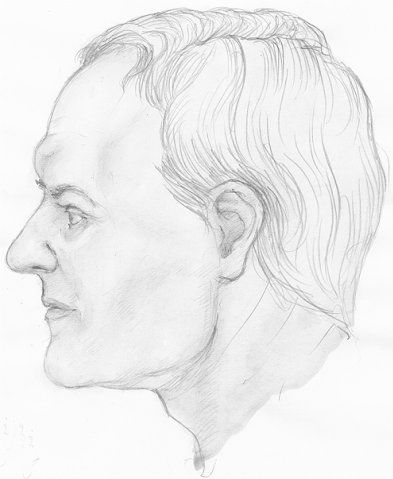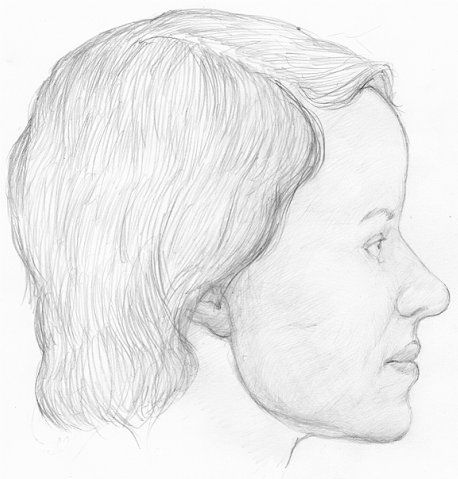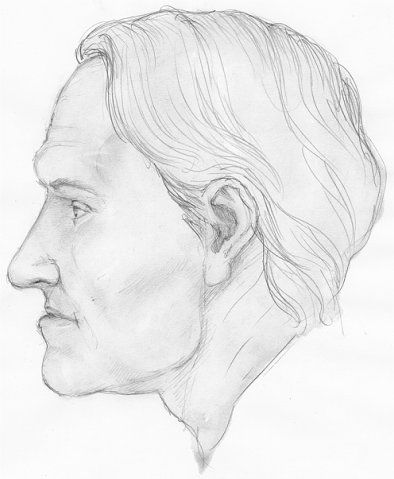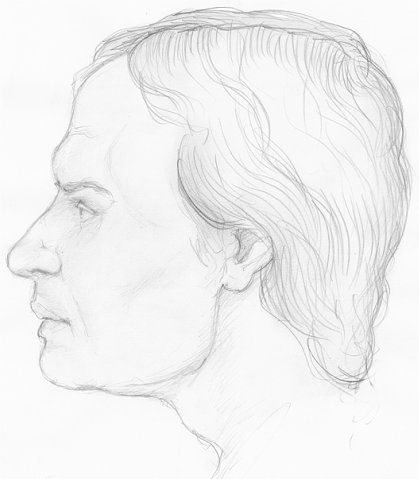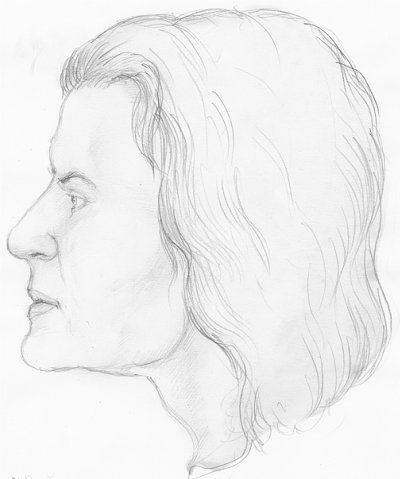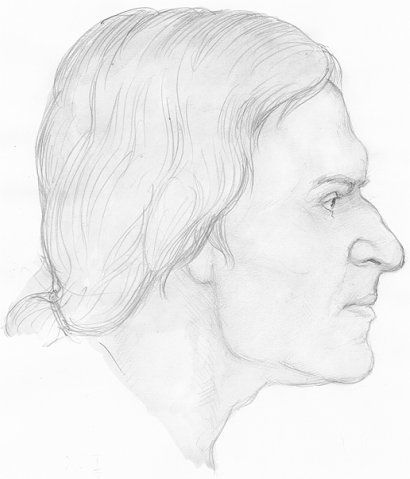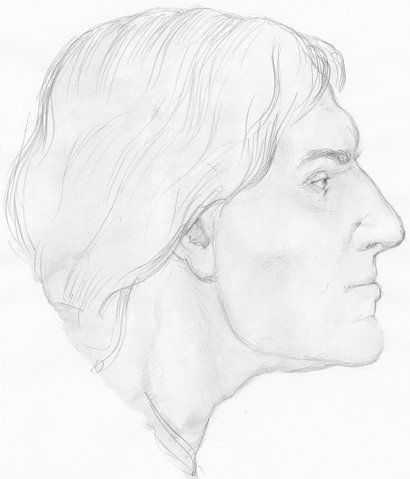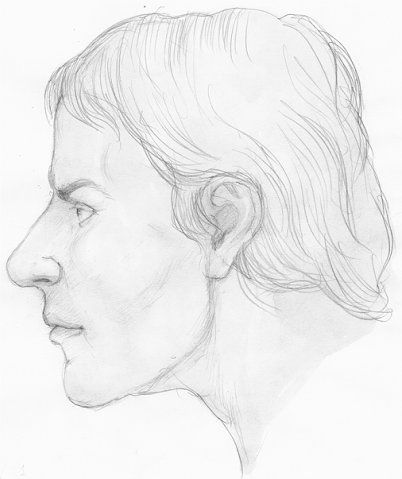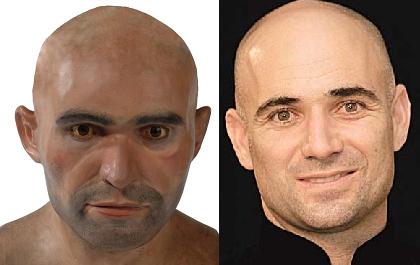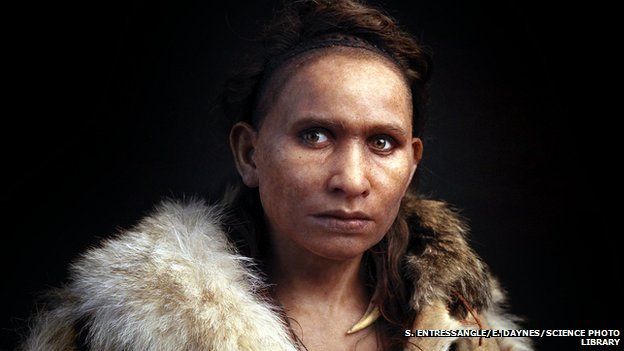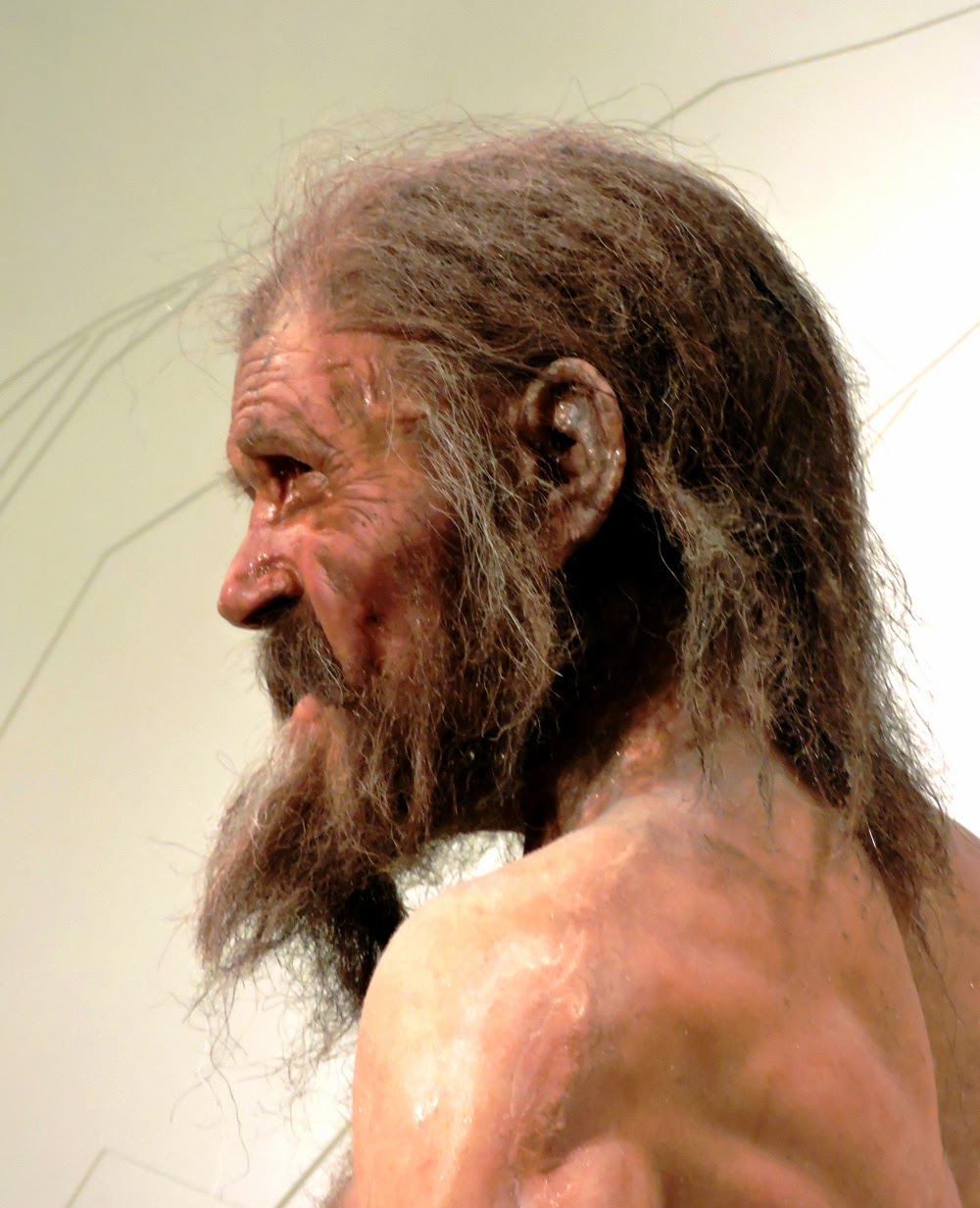To say that confusion reigns would be kind, I think.
I always think that the next ancient genome will clarify things, but the ball keeps getting kicked down the road. Until we get ancient genomes from further east and India, and the Maykop ones that we know are being analyzed, I don't think the dust will settle.
Part of the problem is, in my opinion, that Haak et al was not read carefully enough because people rushed off to do their own "analyses" and create their own "calculators", which often wound up just creating more confusion. Also, as I said at the time, I thought there was a bit of a disconnect between the stats and the discussion of them in the supplement, and some of the most sweeping statements in the body of the paper. That's bound to happen, I suppose, when you have so many authors.
I still maintain, and there is support in that supplement for the proposition that the people who moved into Europe were not necessarily the "Yamnaya Indo-Europeans" from that specific area of the steppe, or at least they were not the group responsible for all the movements into Europe. (Also, even among them, I think the proportions of these ancient populations varied.)
I believe, as I said at the time, that the people who helped to form Corded Ware, in particular, could have been a "related" population to Yamnaya and not a descendent of Yamnaya, and therefore an "Indo-Europeanized" population. In either case, however, they were heavier in EHG, and with some EEF, and therefore carrying less "CHG". Further north, some of the Indo-Europeanized groups might have been very heavily EHG. Further south the Indo-European groups might have been more heavily CHG.
The sooner people jettison this simplistic notion from the 19th century that the "Indo-Europeans" were this unique, homogeneous group that moved as a unit to everywhere we see Indo-European languages today, the better the analyses we are able to produce.
I'll just add that not only are some of these people confused, they are actually posting incorrect information in so far as Askenazi ethnogenesis is concerned. Contrary to what was written, there is no academic IBD analysis which shows sharing between Ashkenazim and Italians from anywhere in Italy. The old notion that the Ashkenazim were created from an admixed group of Italians and Jews who moved north to Germany has been seriously discredited. I would recommend that if these people are interested in the subject they search for the relevant threads here.
The fact that someone could seriously state that because Ashkenazim plot near Sicilians (and Greeks, and Maltese) on a PCA means that Italians and Ashkenazim are "related" shows a profound misunderstanding of the literature on the subject (if the person has even read it) and of the nature of PCAs as well. Similar placement may or may not mean "relatedness" depending on the PCA but also depending on the admixtures which formed the relevant populations. Two populations can plot near one another and not share any "recent" ancestry.
This is what happens when agenda and not data drives analyses.


